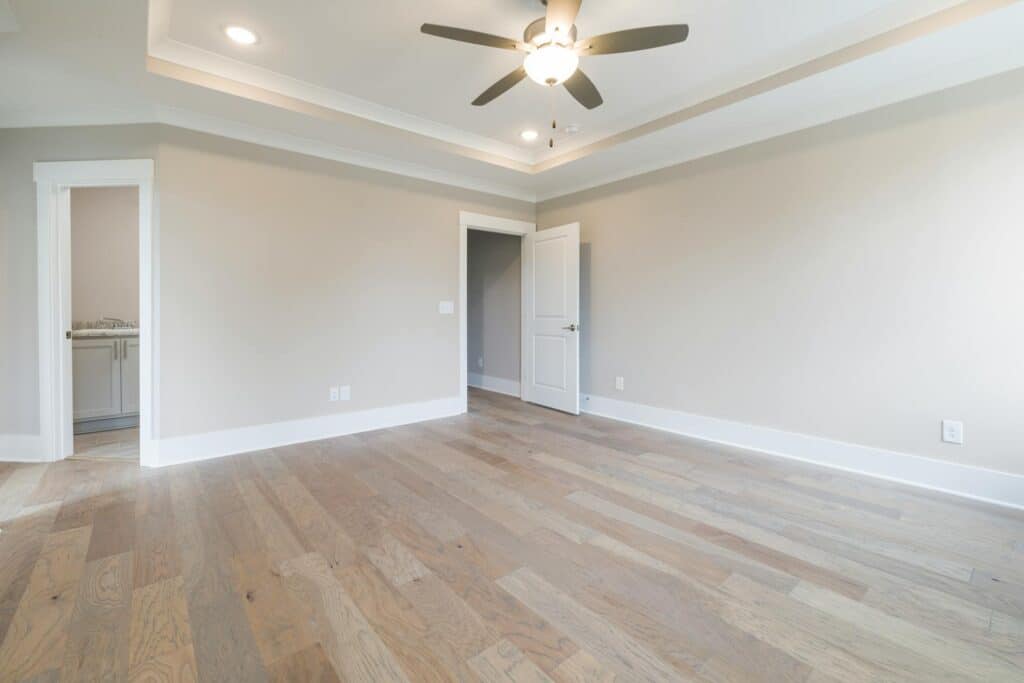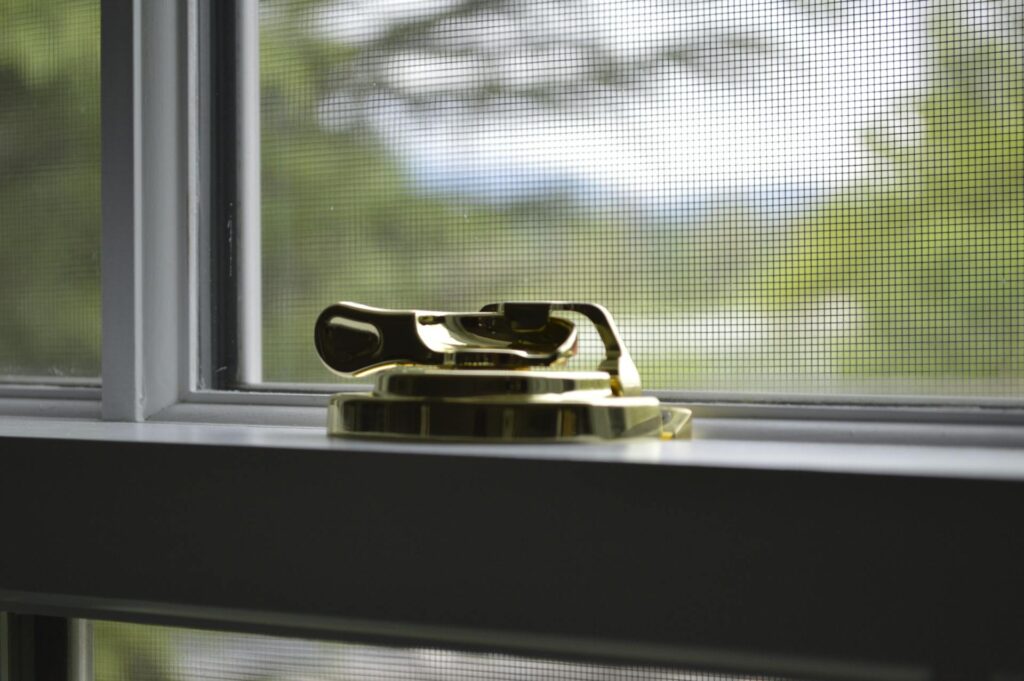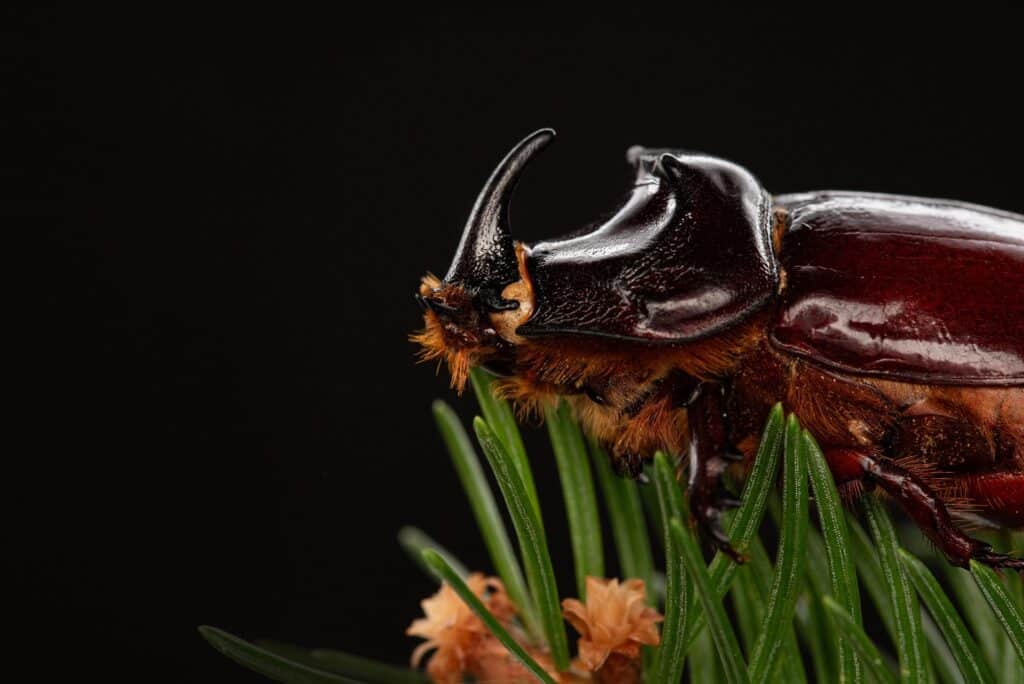If you’ve noticed small, round holes appearing in your wooden furniture, you might be dealing with wood-boring pests. These tiny openings aren’t just cosmetic damage—they often indicate that pests have already been active inside the wood, potentially causing structural weakening that isn’t visible on the surface. Identifying the source of these holes early can help you prevent further deterioration and protect your valuable furniture.
What Causes Small Holes in Wooden Furniture?
Several types of pests can create holes in wooden furniture, with the most common culprits being wood-boring beetles and termites. These insects tunnel through wood to feed, create nests, and lay eggs, leaving behind damage that gradually weakens the structure over time. Each type of pest creates distinctive patterns that can help you identify what you’re dealing with.
Signs of Beetle Holes in Wood
Wood-boring beetles are one of the leading causes of tiny holes in furniture. These insects have a life cycle that begins when females lay eggs in cracks, crevices, or pores in the wood. When the larvae hatch, they tunnel through the material as they develop, feeding on the wood itself. This process can continue for months or even years before adult beetles emerge, creating the exit holes you see on the surface.
Characteristics of Beetle Damage:
- Small, round holes scattered across wooden surfaces
- Fine, powdery wood dust (frass) near the holes
- Weak or crumbling wood
- Hollow sounds when tapping on the surface
If you see these signs, your furniture may already have an active beetle infestation, and you might want to consider contacting a professional pest control service for advice on how to prevent a greater infestation.
Identifying Termite Damage in Furniture
Termites can also leave holes in wooden furniture, though their damage typically looks different from beetle damage. Subterranean termites usually enter through the base of furniture that touches the floor and eat the wood from the inside out. Drywood termites, on the other hand, can infest furniture directly and tunnel within the wood, leaving behind small exit holes when they swarm.
Signs of Termite Damage:
- Irregular pinholes in the wood
- Mud tubes near wooden furniture (if subterranean termites are present)
- Hollow-sounding or weakened wood
- Piles of tiny, pellet-like droppings
If termites have been inside your furniture, the structure may be severely weakened. It’s important to assess the extent of the damage as soon as possible.
Other Potential Causes of Tiny Holes in Wood
Though furniture pest infestations are a primary cause of holes in wooden surfaces, there are other factors to consider:
Natural Wood Defects
Some woods naturally develop small holes due to knots, grain imperfections, or drying cracks. If the holes appear uniform, don’t contain frass, and show no other signs of insect activity, they may simply be part of the wood’s natural character rather than a cause for concern.
Previous Infestation
If you purchased secondhand furniture, it’s possible that the piece had a past infestation that was treated. Even if no live pests remain, the damage from previous activity will still be visible in the form of exit holes. In these cases, the holes themselves aren’t a concern unless new ones continue to appear.
Environmental Damage
Excessive moisture, heat, or significant changes in humidity can cause wooden furniture to develop cracks or small holes over time. These environmental stressors might not be directly linked to pests but can still weaken the structure of the wood and potentially make it more susceptible to future infestations.
When to Take Action
If you find evidence of beetle holes in wood or other signs of an active infestation, it’s important to determine the extent of the damage quickly. Untreated pest activity can lead to more severe structural problems over time, potentially making furniture unsafe to use or even unsalvageable.
For valuable or antique pieces, professional evaluation is often the safest approach. Our pest control experts can identify what type of pest is affecting your furniture and recommend appropriate treatment options to help avoid further damage to your treasured pieces. Contact us for a free quote and more information on how we can help you if you are dealing with a potential infestation.









